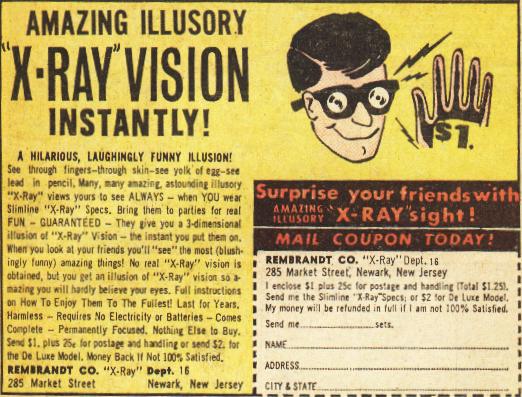
1. Underwater car
In The Spy Who Loved Me (1977), Bond narrowly escapes a helicopter/car chase by driving off of a dock and plunging into a body of water. Then, surprise! It’s now an aqua-car. Movie magic aside, the “Wet Nellie” Lotus Esprit was actually a custom built submarine, but not a fully functioning car. The real-life equivalent to the “Wet Nellie” was created by the Swiss automobile designer Rinspeed Inc., who claim that it’s the only underwater car in the world. Appropriately named the sQuba, the aqua-car runs on electrical motors and can dive up to 30 feet under the surface. There’s just one catch- it’s a convertible, so you have to suit up in scuba gear rather than a three-piece suit.
2. Ring Camera
Tiny cameras are no longer a thing of the future, and the ring camera used by Bond in A View to Kill (1985) is foreshadowing of just how small cameras can get. In the film, Bond uses a micro camera embedded in the jewel of a ring to capture the image of his enemies. Micro cameras today can fit in a variety of small items such as necklaces, screw heads, and AC adapters.
3. X-Ray Specs
In The World is Not Enough (1999), Bond uses X-Ray glasses to see who is armed under their suit jackets. While an exact replica of these is a bad idea for a number of reasons, there is a semi-equivalent out there. However, it’s not for spying. The Evena Eyes-On Glasses let doctors and nurses “see” through patients’ skin to the vascular system, which allows them to provide quicker care. While the technology to let people look through walls may be far in the future, the idea of x-ray glasses is being used to help medical professionals right now.
4. Jetpack
The concept of the Bond jetpack first appeared in Thunderball (1965) with the Bell Textron Rocket Belt. Even as different as technology was in the sixties, the Rocket Belt was a practical effect. It was originally built for the US Army and used hydrogen peroxide as fuel. However, with a maximum flight time of 20 seconds and speed of under 15 mph, it was never used for any practical application. In the present day, there are multiple concepts of a jetpack in different stages of development. The Martin Jetpack pictured has been around for decades and has gone through many different iterations, and it uses fans to get off the ground rather than jet fuel.
On December 5 from 7 – 9 p.m., you’ll have the opportunity to step into Bond’s oxfords yourself and get hands-on experience breaking codes, writing with invisible ink, and taking fingerprints during WonderLab’s Spy Academy – Virtual After Dark. You’ll also learn about the real-life science behind some of Hollywood’s most iconic spy gadgets. To get you prepared for the big night, here’s a quick DIY gadget you can make at home:
DIY Book Safe
You’ve seen it in countless movies, but that doesn’t make this Bond-esque book safe any less amusing. Store your invisible ink, fingerprint kit, and other spy materials in a place where no one will think to look.
You will need:
- Pen or pencil
- Box cutter
- An old or unused book
- Ruler
- Decoupage medium (three parts liquid glue and one part water)
- Wax paper
Sources/ Learn More:
The Martin Jetpack
Evena Eyes-On Glasses
The Rinspeed sQu
About the Author: Sophia Holt-Wilson is a spy in training and senior at Indiana University in the Media School with a specialization in advertising management. She is the Public Relations Intern at WonderLab for the 2020-2021 academic year. If she were to pick a spy codename, it would probably be “Agent Cuttlefish,” because that’s her favorite animal.






Leave A Comment